Bonnet ZIL-131: history and search for the ideal
Panoramic windows and bonnet layout
As mentioned in the first part of the storyOne of the most characteristic and paradoxical signs of a military truck was a curved panoramic windshield. At first, the Ministry of Defense rather restrainedly expressed dissatisfaction with this fact, but during the Afghan conflict the question arose very sharply. In July 1982, in a joint decision of the Ministry of the Automotive Industry and the Central Automotive Department of the USSR Ministry of Defense, it was said:
In accordance with these conclusions, the factory workers conducted a test cycle of the modernized ZIL-4334 machines equipped with flat windshields. By the way, in addition to simplifying operation, flat multi-component glass allowed solving the problem of the insulating glazing of trucks in the "northern" version. However, flat glass was actually an unsolvable task for the Moscow Automobile Plant - this entailed both a complication of the cab structure and serious financial costs. So, according to the calculations of 1982 of the year, the development of a new cabin and glazing required some fantastic costs in 1 550 000 rubles, as well as additional 700 square meters. meters of production space. Actually, the financial side of the issue allowed to reverse the will of the Ministry of Defense in this matter.
In an effort to unify the army truck with the civil ZIL-130, the designers left the hood layout of the car unchanged. This was done primarily in order to maximize the speed of production of machines of both modifications on the production lines of the plant. The country was sorely lacking cars of this class, and, for example, the army was only able to get enough of 131 mi ZILs by the middle of the 70 years. One of the most important advantages of the ZIL-131 triaxial bonnet truck in this regard is its resistance to undermining under the wheels of anti-vehicle mines. Below I offer a selection of photographs illustrating this thesis.
Triumph and unfulfilled hopes
In the Soviet Army, the ZIL-131 truck by the mid-70's had already gained fame as a reliable, unpretentious and all-terrain vehicle. In many ways, this was the reason for the assignment in April 1974 of the Year of the Quality Mark to the entire line of Moscow all-wheel drives. We were also satisfied in the national economy - since 1971, a simplified version of the machine without expensive shielded equipment under the name ZIL-131A was put on the conveyor. A little earlier, in the 1968 year, a tractor unit with a shortened 131B frame appeared, capable of pulling a single-axle semi-trailer with a gross weight of 12 tons.
Around the same time, they designed and adopted a largely unique ZIL-137 tractor with a hydrostatic drive of the wheels of the semi-trailer. An additional hydraulic pump was mounted on the machine with a drive from the power take-off, allowing oil to be supplied to the hydraulic motor of the semi-trailer with a pressure of 150 kgf / cm2. The assembly at the end of the 60's of a unique car was transferred to the Bryansk Automobile Plant, where they collected an average of 30 of such cars per month. They mainly drove missiles on such ZILs (for example, the Krug Circle 2K11 air defense missile defense system), but one could often see the 137 machine with the AHB-2,5 long baking block. This plant on wheels was able to bake at least 2,5 tons of bread per day, and even while moving on the march. However, the capricious and complex hydraulic motor of the semi-trailer forced engineers to develop a more reliable and technologically advanced mechanical drive. So the 60091 road train appeared with the ZIL-4401 tractor with the BAZ-99511 semi-trailer, produced from 1982 to 1994 year. The road train spent 53 liters of gas per 100 kilometers, allowed to load more than 7 tons and found its application in the missile forces, air defense and on the baking path. With the beginning of the 80-s at the Chita automobile assembly plant, the “northern” ZIL-131С variants, which were supposed to withstand temperatures up to -60ºС, went into a series. Since 1986, the assembly of such frost-resistant machines was moved to the native Moscow Automobile Plant.
Due to the long commissioning, the machine quickly became obsolete and required modernization. The delay in mastering the car was due to the protracted reconstruction of the enterprise, as well as chronic shortages of units from the Bryansk Automobile Plant. The normal assembly of ZIL-131 was only possible in the second half of the 1967 year, that is, twelve years after the assembly of the first prototypes! One of the attempts to improve the truck was the development of the ZIL-1976-131 in 77, in which the main emphasis was on improving the working conditions of the driver. The object of unification was the KAMAZ car - a wheel, a combination of instruments and a seat were borrowed from it. In addition, the loading platform was lowered a little, however, the kinematics of the suspension were not taken into account and the body was often touched on the diagonal suspension of the wheel. As a result, nothing good came of this idea - the experimental car was modified for a very long time and eventually abandoned.
If you ask anyone who operated ZIL-131 about the main drawback of the car, then most often you can hear a complaint about excessive fuel consumption. Of course, one could put up with this in the army (although nobody canceled the power reserve as one of the most important parameters), but in the civilian sphere and in export markets, diesel was required from the very beginning. Only ten years after the start of production, they tried to deliver a V-shaped diesel engine YaMZ-642, and in 1979 the Finnish Valmer-411BS, but, as in the case of ZIL-131-77, the experimental cars were left without a series. But in the 78 year, the ZIL-131M appeared, equipped with a self-developed diesel engine ZIL-6451 with eight cylinders, a volume of 8,74 liters and a capacity of 170 liters. from. What is not an ideal truck? Moreover, outwardly it was very slightly different from the serial car - the hood was slightly lengthened (by the way, the development topic was called “The Hood”) and additional headlights were installed. And with the tanks fully filled, the power reserve of the ZIL-131M diesel engine was giant 1180 km! Around the same time, another version of a truck with a ZIL-375 gasoline engine with a capacity of 170 l appeared. from. In this version, engineers at a comparable fuel consumption significantly increased engine power and torque.
Truck "N"
On December 5 on December 1986, the well-deserved truck nevertheless waited for serial modernization and appeared in an updated form with the letter "N". A new economical 150-strong ZIL-5081 motor was installed as a novelty, characterized by a block head with a screw inlet and a compression ratio increased to 7,1. An important innovation was the increased carrying capacity in 3,75 tons, which closely brought the truck closer to the niche of 5 and 6-ton KamAZ trucks. By the way, from cars from Naberezhnye Chelny to the modernized ZIL, the tent was transferred from new synthetic materials. Simultaneously with the onboard version, the ZIL-131NV truck tractor (together with the "northern" 131НВС) was developed.
The appearance of the renewed ZIL in the army did not meet much enthusiasm - firstly, disarmament was underway, and secondly, the diesel KAMAZ and Urals perfectly performed many of the functions of a gasoline truck. In addition, in the 1990 year at ZIL, the “N” series car was discontinued and started preparing facilities for the new model. The modernized ZIL from the 1987 of the year was assembled in parallel with Moscow in Novouralsk (Sverdlovsk Region) at the Ural Automotive Plant. We have known him since the 2004 of the year as the Amur enterprise - it brought together an extremely motley collection of trucks based on ZILs with various types of drive and a wide range of motors. In 2010, the plant in the Urals was closed due to bankruptcy, and three years later, production was permanently stopped at one of the oldest enterprises in the automotive industry - the Likhachev plant. You can argue for a long time about the causes of the death of the once legendary plant, but for you and me it will be largely associated with the ZIL-131 military model. In total, the plant assembled 998 429 copies of unpretentious army vehicles, and from 1987 to 2006, along with Amur, 52 349 trucks entered the market. A typical representative of the 131 family in the Soviet Army was an onboard tilt truck that accommodates 18-24 personnel, often with a small or medium caliber attached gun. However, the universal “caliber” ZIL-131 made it possible to set up just countless bodies on its basis and to develop a lot of options. But this is the topic of a separate story.
The ending should ...
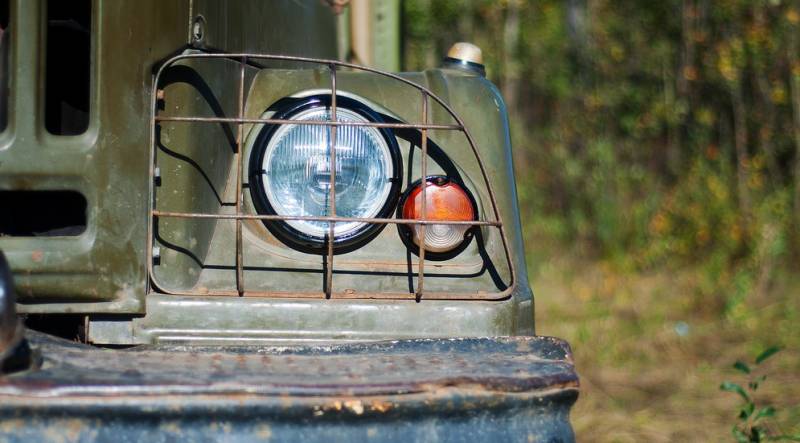
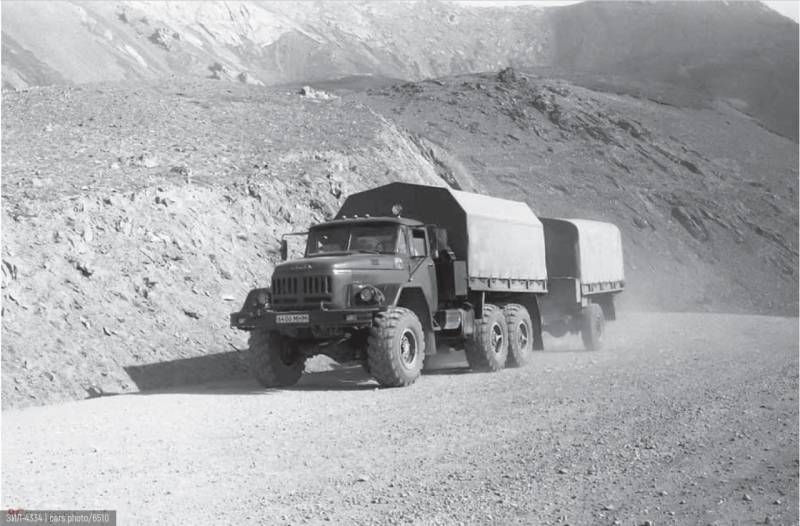
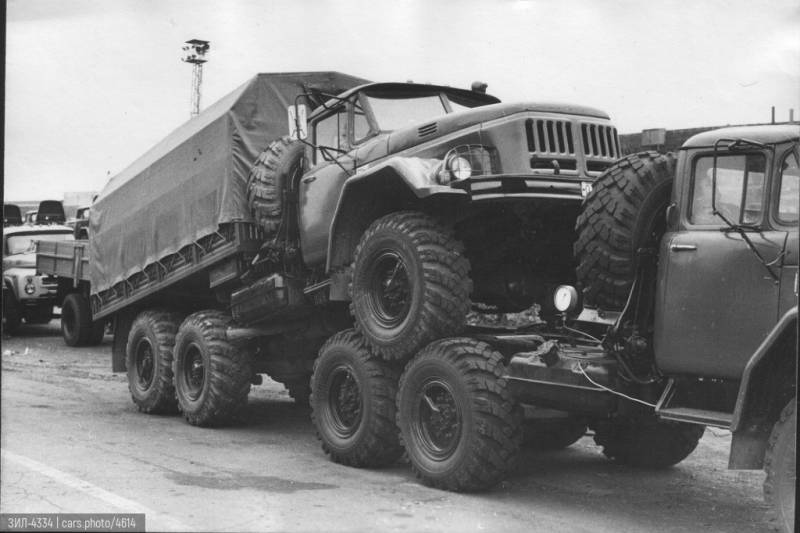
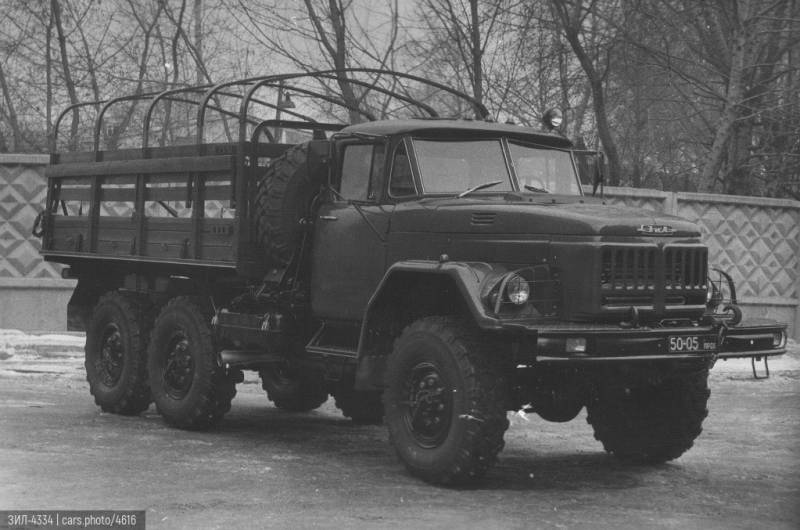
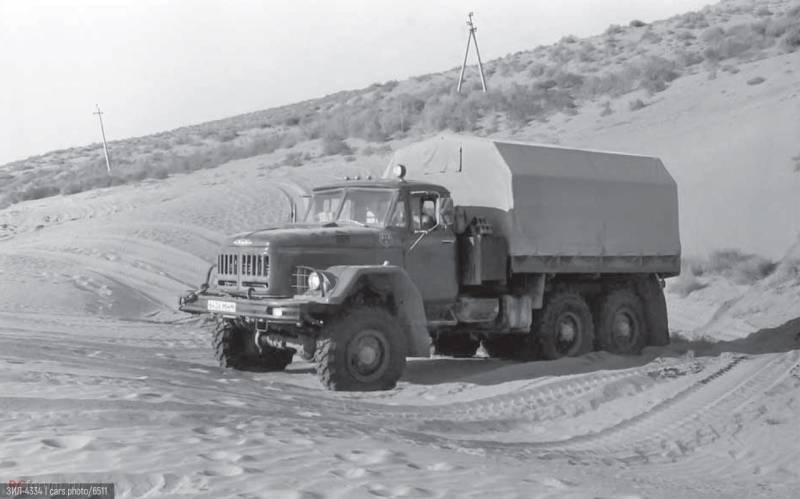
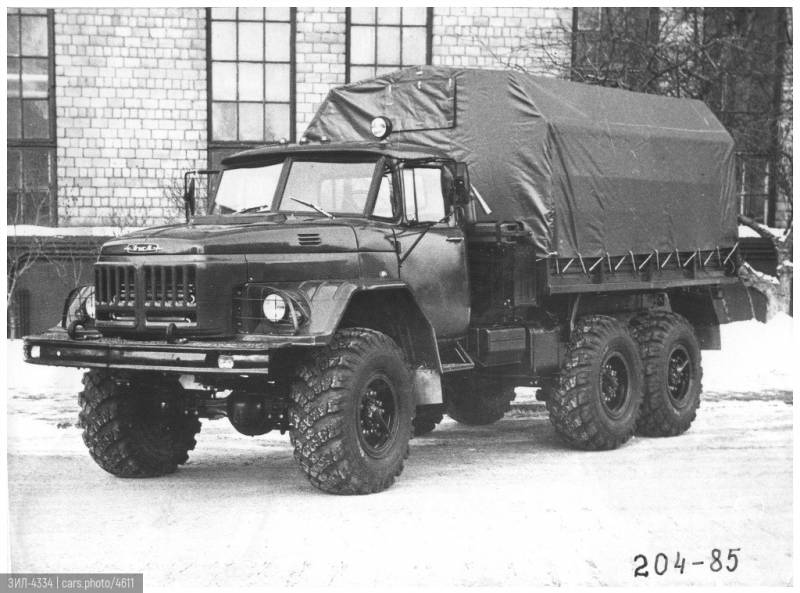
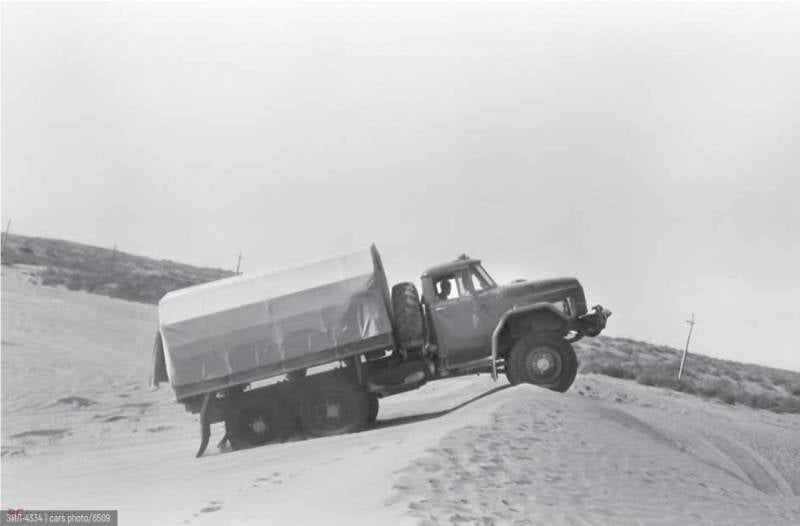
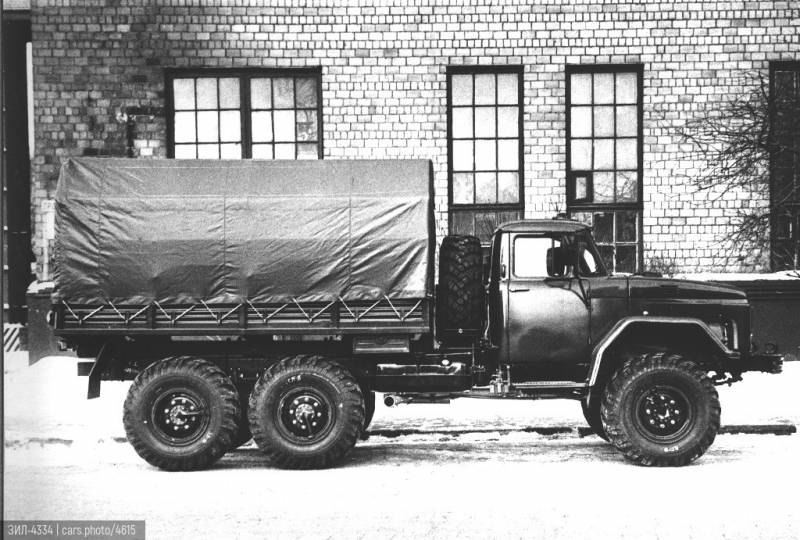
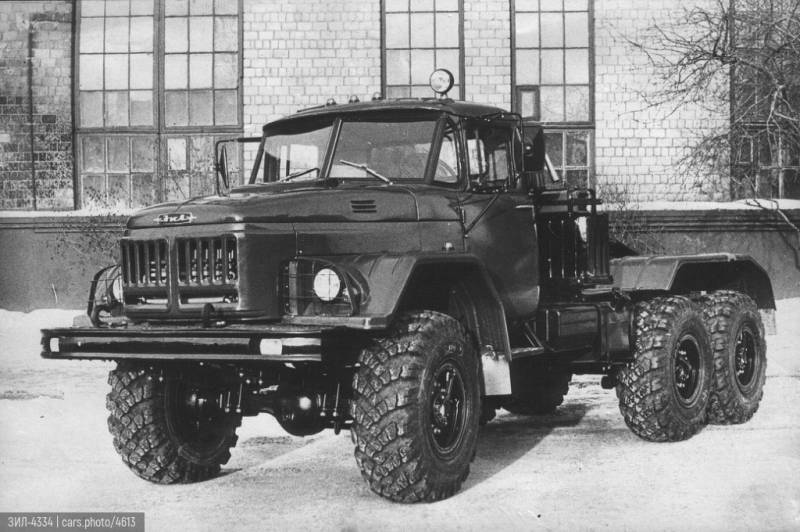
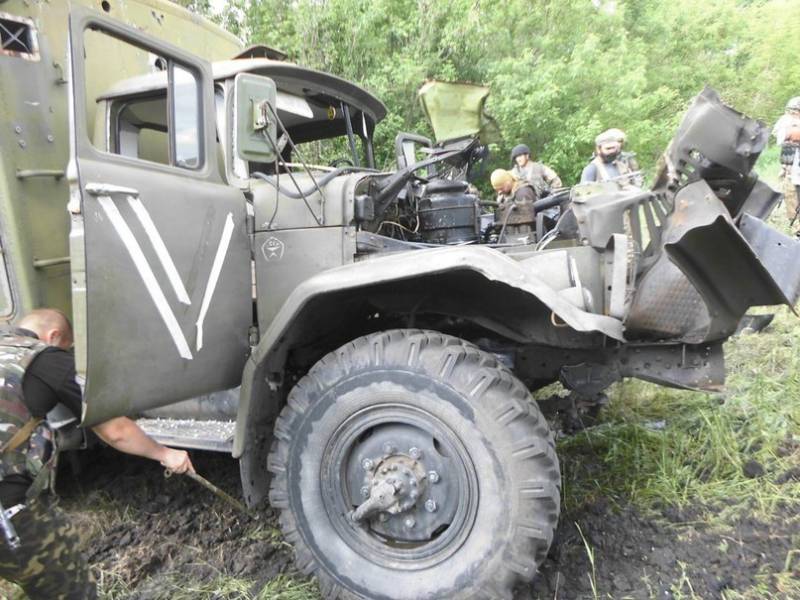
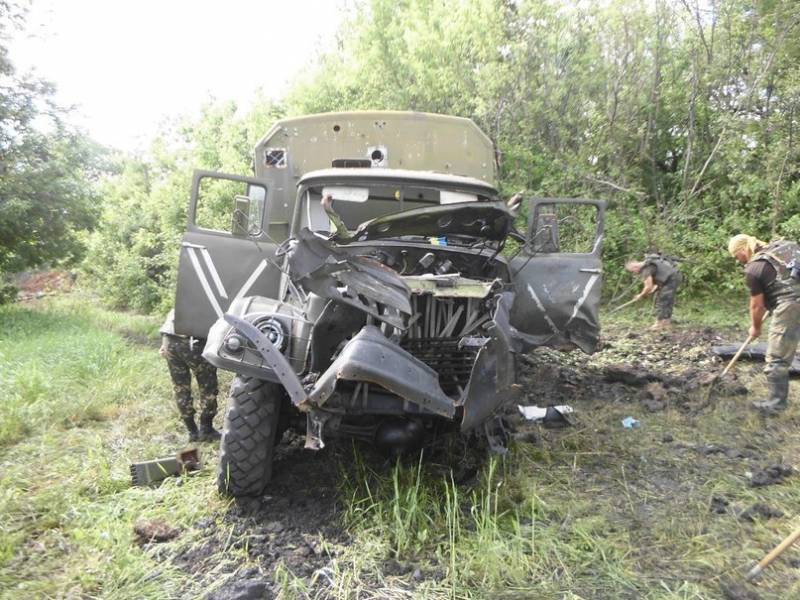
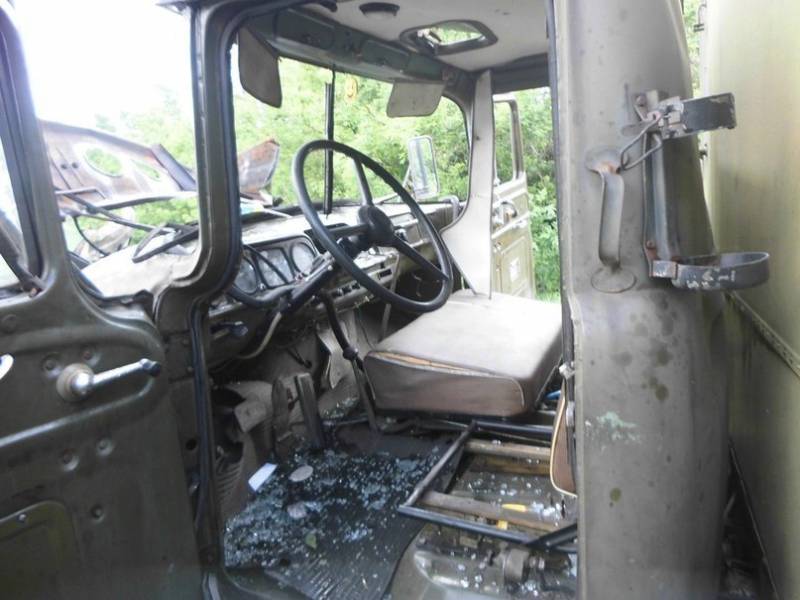
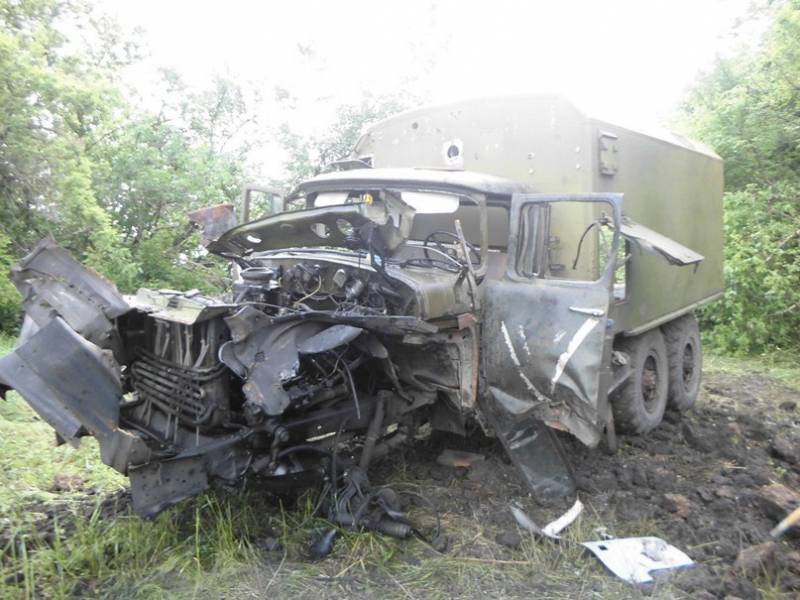
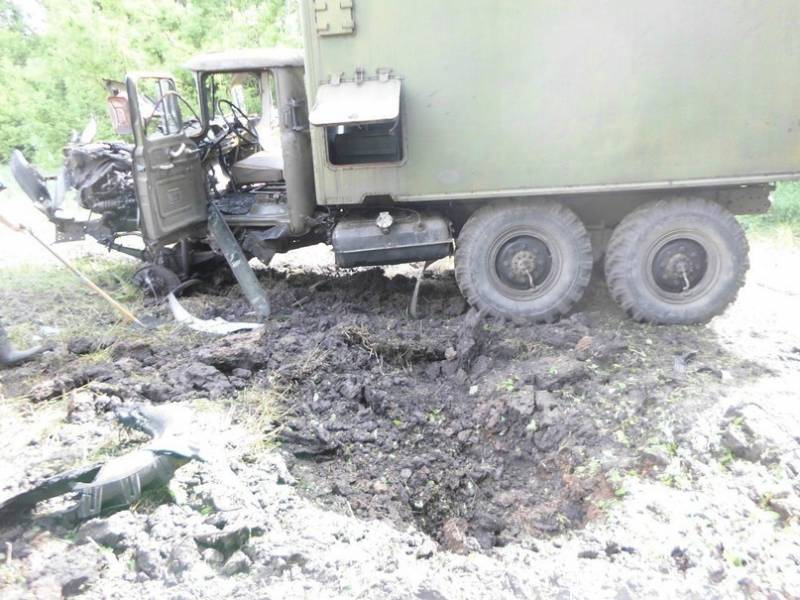
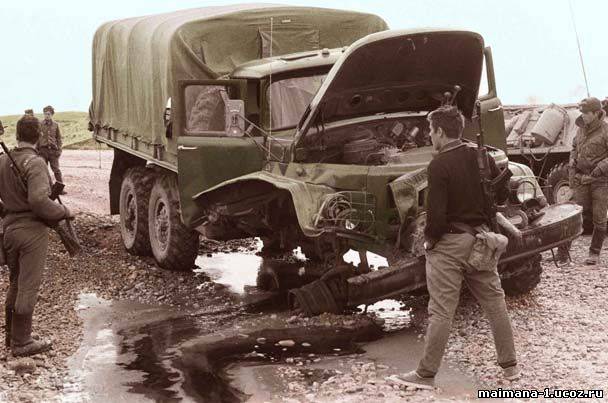
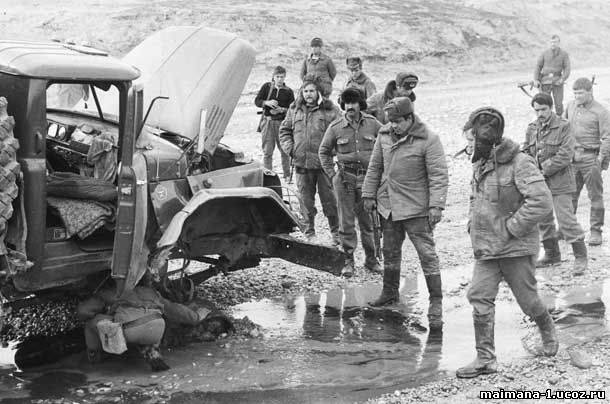
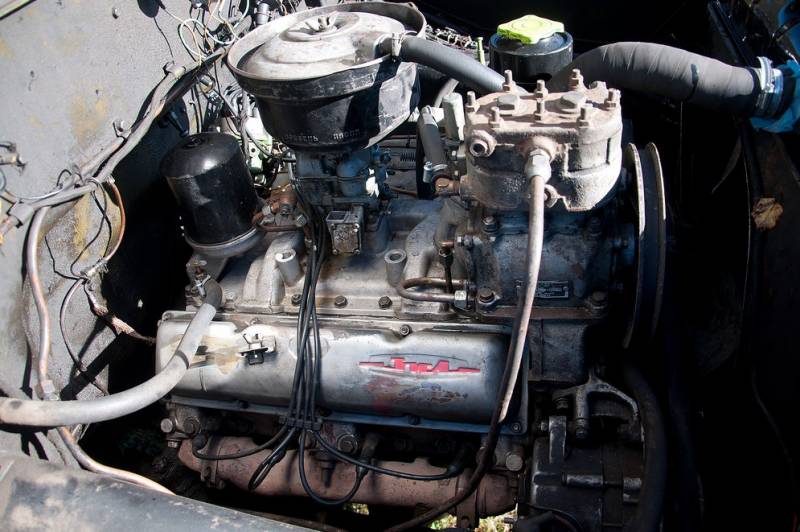
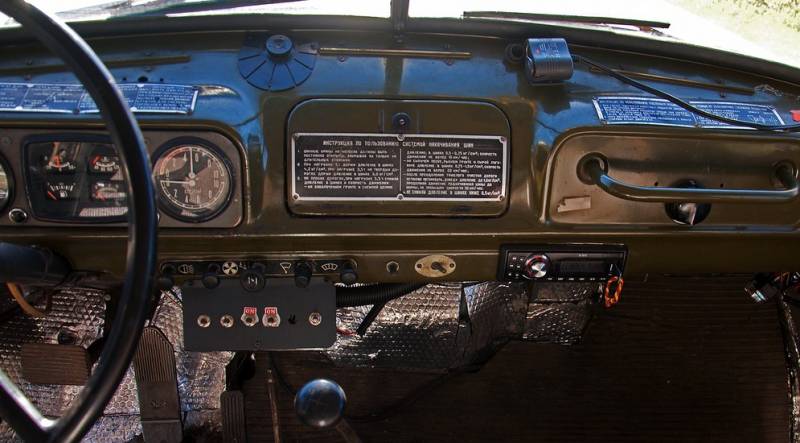
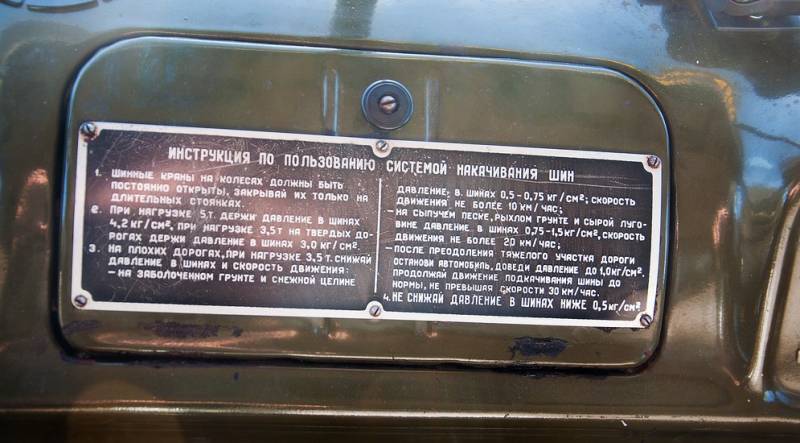
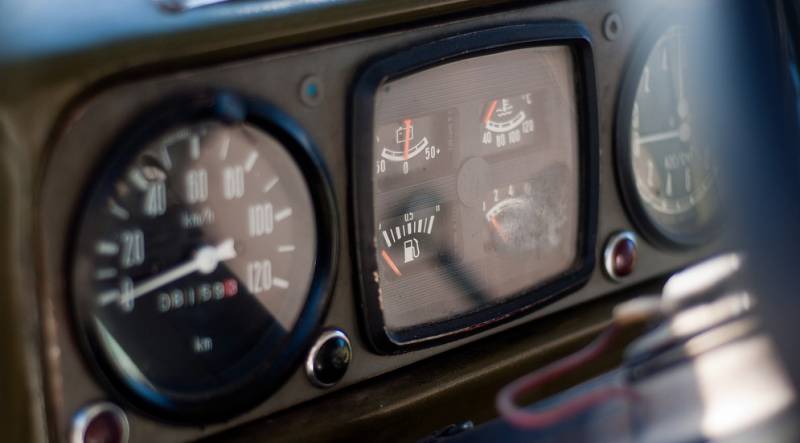
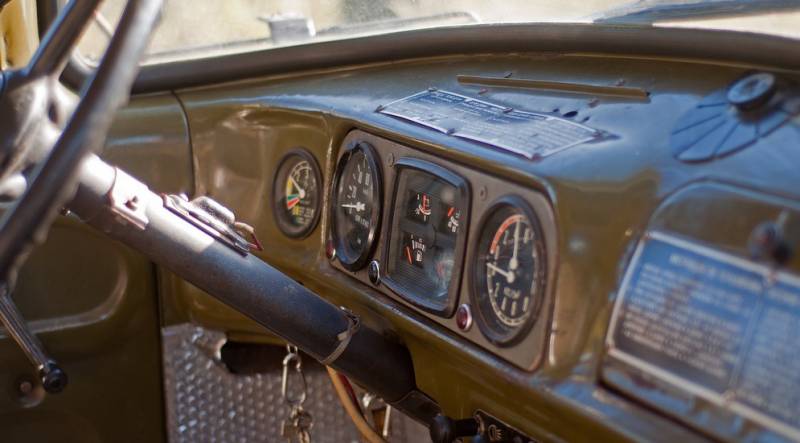
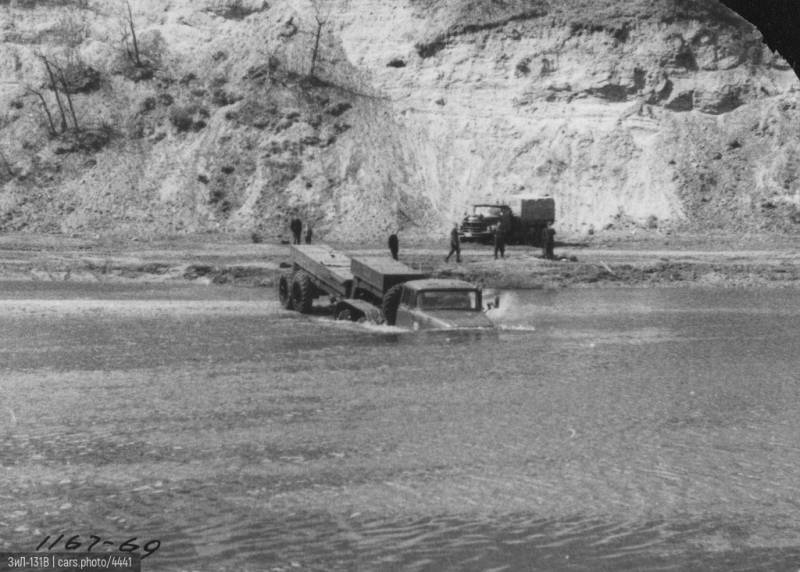
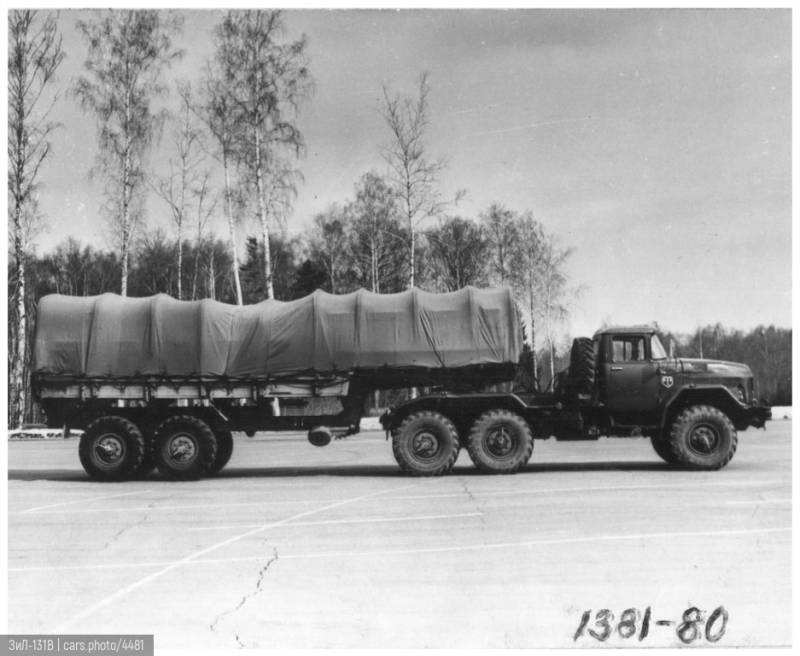
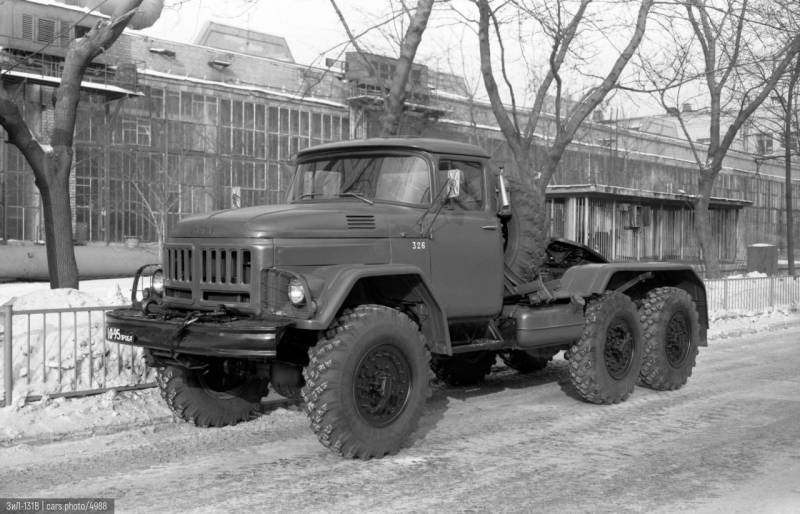
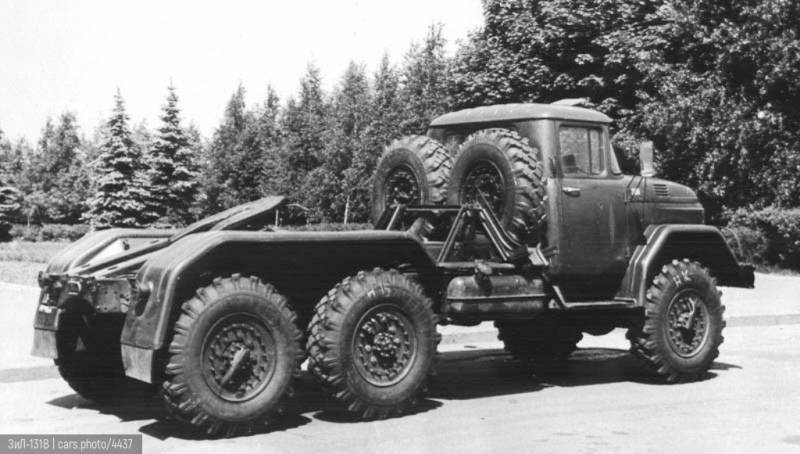
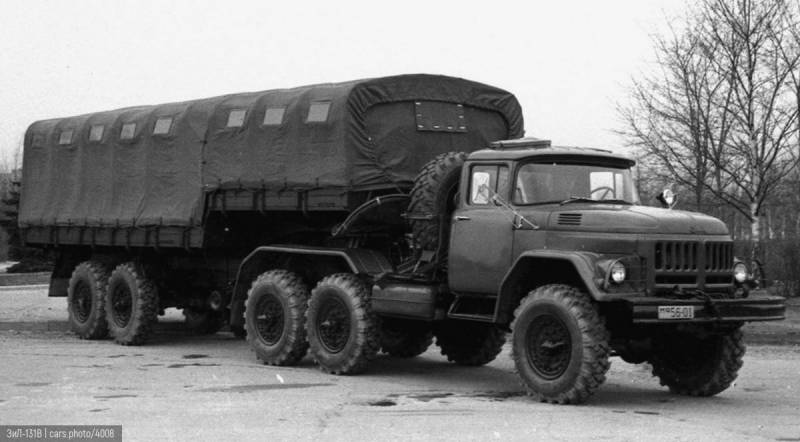
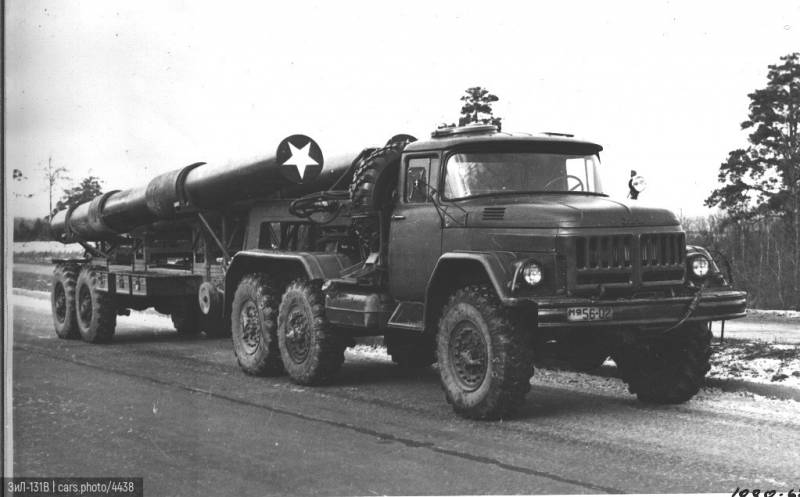
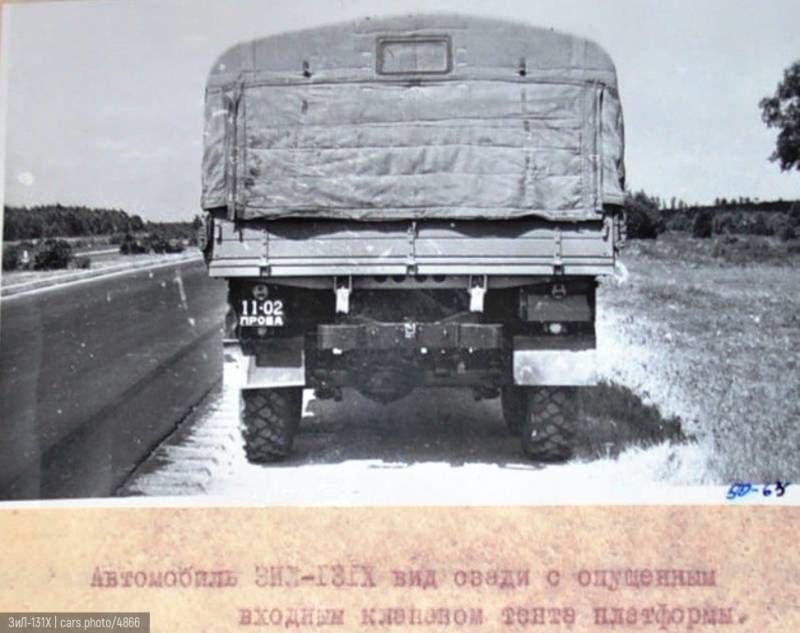
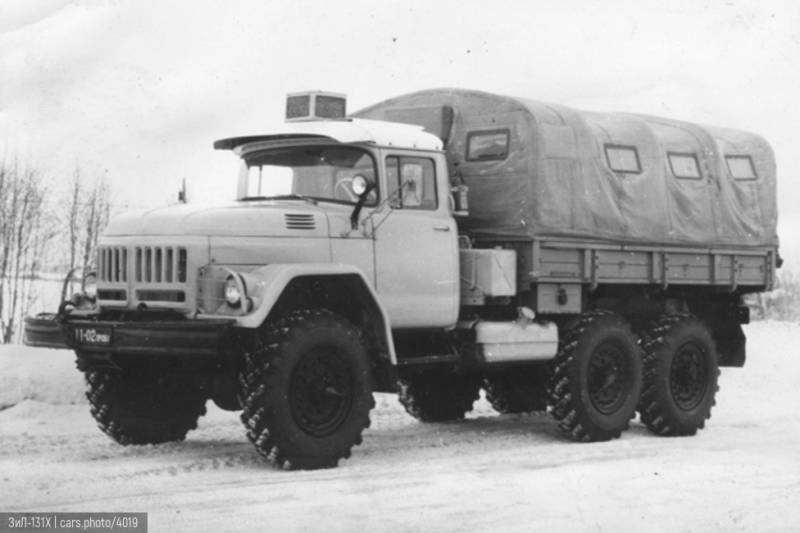
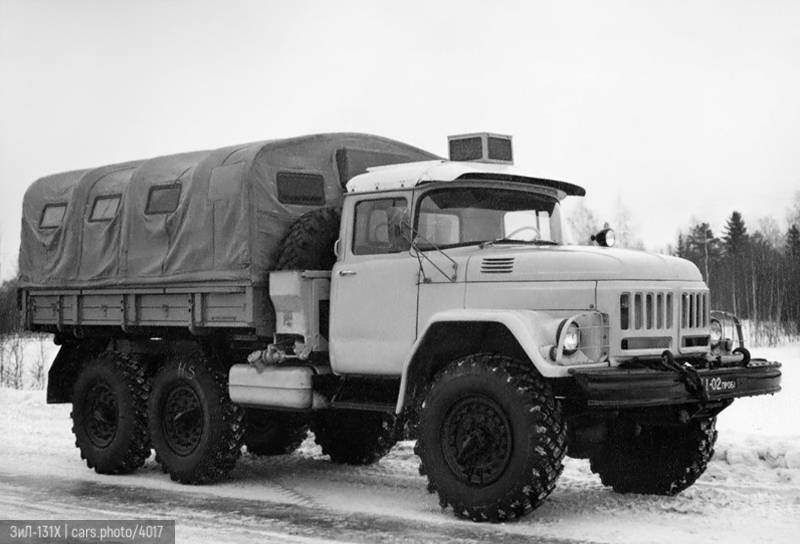
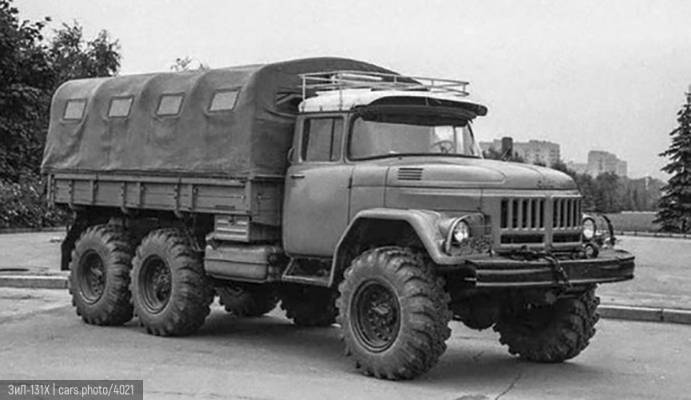





Information